 For more than 60 years, the U.S. Agency for International Development has upheld its commitment to end global poverty, providing desperately needed refugee food assistance today. USAID works in more than 100 countries. It primarily provides humanitarian assistance, promotes global health and supports global stability. All around the world, more than 25 million people face refugee crises. And among these 25 million people, more than half are young children.
For more than 60 years, the U.S. Agency for International Development has upheld its commitment to end global poverty, providing desperately needed refugee food assistance today. USAID works in more than 100 countries. It primarily provides humanitarian assistance, promotes global health and supports global stability. All around the world, more than 25 million people face refugee crises. And among these 25 million people, more than half are young children.
Food Assistance
USAID assists refugees by providing emergency refugee food assistance to 25 countries. In particular, USAID’s food assistance reaches Lebanon, Jordan, Ethiopia, Chad, Uganda and Bangladesh. One of the world’s biggest refugee camps lies in the southeastern corner of Bangladesh, in Cox’s Bazar. There, an estimated 868,000 Rohingya refugees seek safe haven. In order to escape western Myanmar, refugees must travel on foot through forests and turbulent waters. Often times, refugees do not have enough food for the trip and witness the deaths of loved ones. By the end of this journey, many refugees have nowhere to live and no source of living. Fortunately, USAID’s programs offer assistance.
Furthermore, USAID’s Office of Food for Peace and the United Nations’ World Food Programme partnered to assist those seeking peace, who lack a home and food. USAID and WFP provide packs of high-energy biscuits as meal replacements for arriving refugees. Moreover, USAID gives WFP resources to buy rice from Bangladesh’s national rice reserve. However, it takes time to distribute food to refugee camps. USAID even supports CARE International, which provides U.S. imported food to Cox’s Bazar.
Relief Tactics
Altogether, USAID programs lay out plans for permanent and stable recoveries using four types of relief tactics. Firstly, USAID provides locally and regionally purchased food, which is more quickly accessible than imported food. Secondly, if local food is unavailable, USAID provides U.S.-grown food. Thirdly, if imported food distorts local prices, USAID offers paper or electronic food vouchers. These vouchers allow refugees to purchase local food and support local communities. Fourthly, if more flexible solutions are required, USAID supplies cash, mobile or debit card transfers.
Beyond relief tactics, USAID helps improve global stability. Every year, USAID assists more than 40 to 50 million people worldwide with emergency food assistance. In 2018 alone, USAID gave more than $690 million to help refugees around the world. Overall, numerous countries benefit from USAID. By providing refugee food assistance, USAID plays a huge role in helping millions living in extreme poverty.
– Fita Mesui
Photo: Flickr
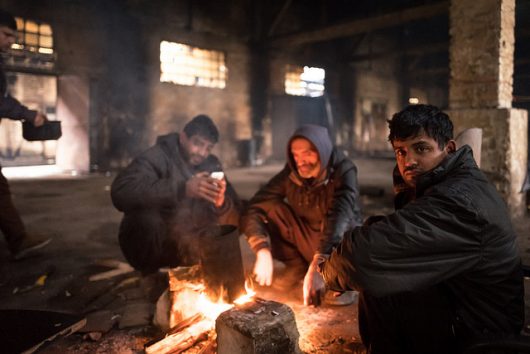 In 2016, 65.6 million people were forced to leave their homes, and these people are known as refugees. Refugees are usually forced to leave their countries for one of three reasons: victimization, violence or war. Refugees everywhere face immense hardships, and the challenges facing refugees in Serbia are widespread.
In 2016, 65.6 million people were forced to leave their homes, and these people are known as refugees. Refugees are usually forced to leave their countries for one of three reasons: victimization, violence or war. Refugees everywhere face immense hardships, and the challenges facing refugees in Serbia are widespread.

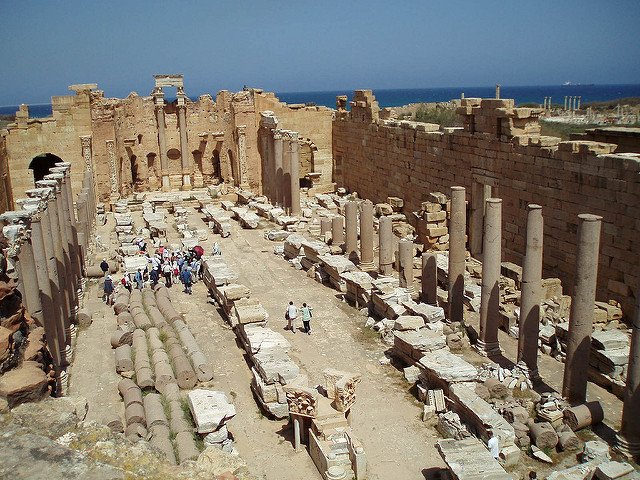 When the 2011 Arab Spring swept through the Middle East, it left behind a number of ongoing conflicts that still continue to rage. One of the most serious of these conflicts is the Libyan civil war, which began with the ousting and subsequent death of longtime ruler Muammar Gaddafi. The conflict has been a long and complicated one, with many different factions taking their turn in the spotlight. Below are 10 facts about the Libyan crisis:
When the 2011 Arab Spring swept through the Middle East, it left behind a number of ongoing conflicts that still continue to rage. One of the most serious of these conflicts is the Libyan civil war, which began with the ousting and subsequent death of longtime ruler Muammar Gaddafi. The conflict has been a long and complicated one, with many different factions taking their turn in the spotlight. Below are 10 facts about the Libyan crisis: In 2016, the United Nations Office of the High Commissioner for Refugees (UNHCR) published its annual Global Report on the state of the world’s refugee crisis. Among other things, the report highlights a 6 percent rise in what it terms ‘populations of concern’ over the past year alone. That is a total
In 2016, the United Nations Office of the High Commissioner for Refugees (UNHCR) published its annual Global Report on the state of the world’s refugee crisis. Among other things, the report highlights a 6 percent rise in what it terms ‘populations of concern’ over the past year alone. That is a total 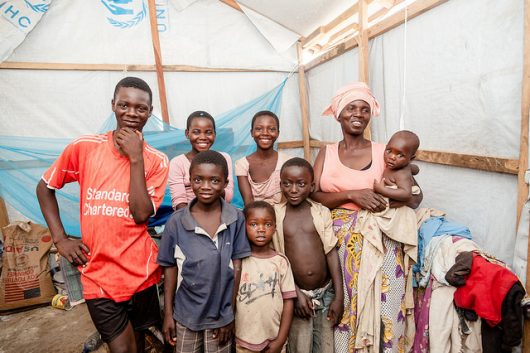
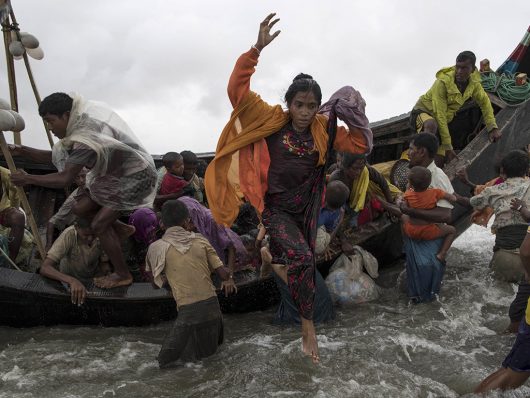 The Rohingya are the most persecuted people in the world. The population has lived in Myanmar for centuries, but the government continues to view the people as illegal immigrants. Across the border, Bangladesh believes the group is Burmese. Thus, the population is stateless.
The Rohingya are the most persecuted people in the world. The population has lived in Myanmar for centuries, but the government continues to view the people as illegal immigrants. Across the border, Bangladesh believes the group is Burmese. Thus, the population is stateless. Oman is a coastal nation that sits on the Arabian Peninsula, south of Saudi Arabia and east of
Oman is a coastal nation that sits on the Arabian Peninsula, south of Saudi Arabia and east of 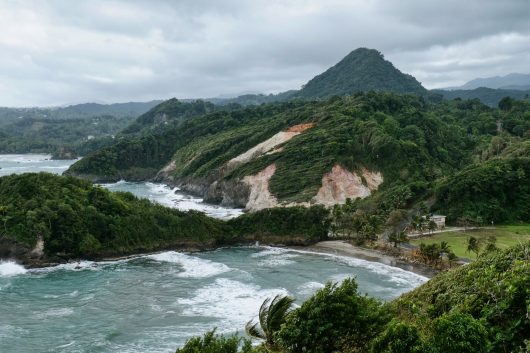 Nations such as the Commonwealth of Dominica, and in the Caribbean in general, have become increasingly popular for those seeking asylum throughout the world, demanding an understanding of refugees throughout Caribbean nations. Here on ten facts about Dominican refugees.
Nations such as the Commonwealth of Dominica, and in the Caribbean in general, have become increasingly popular for those seeking asylum throughout the world, demanding an understanding of refugees throughout Caribbean nations. Here on ten facts about Dominican refugees.